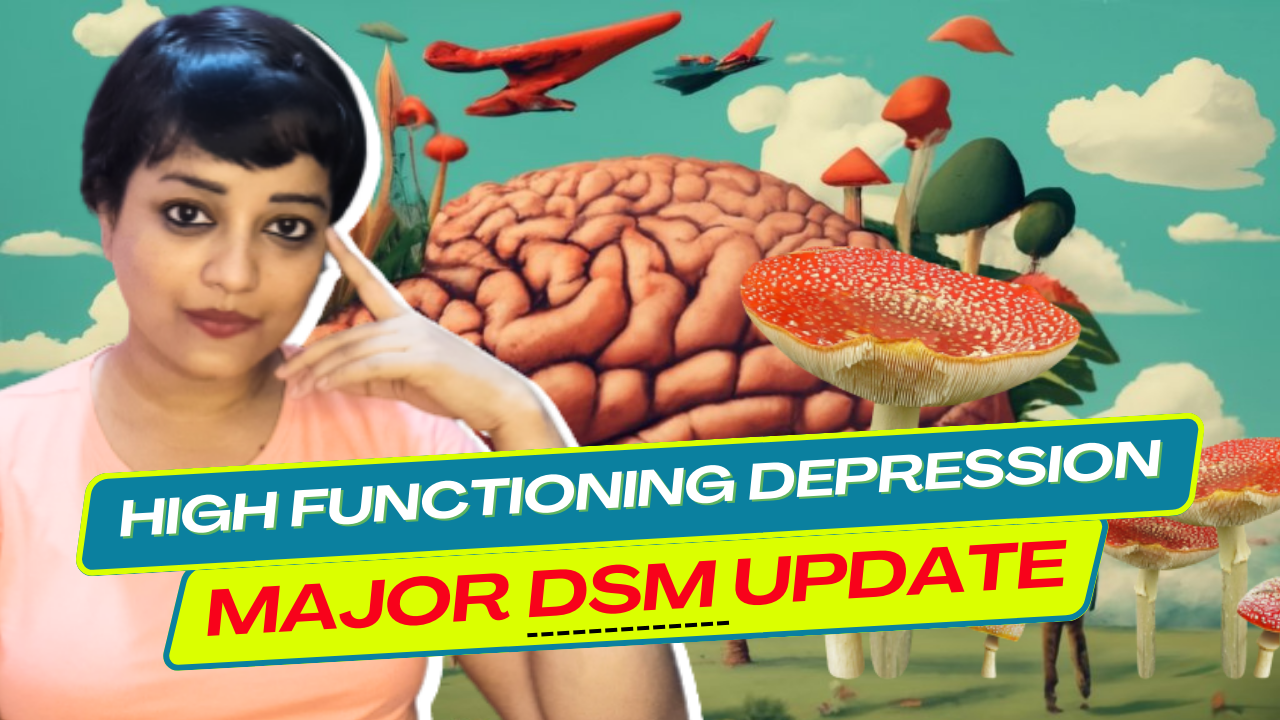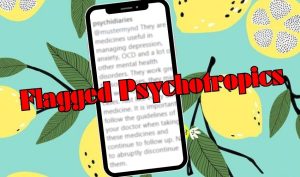You might have come across the term “high functioning depression” but actually depression is never high functioning or low functioning. In today’s video, we’ll discuss this.
What is High-Functioning Depression if depression is not high or low functioning?
It is called High-Functioning Depression because people with a certain category of depression are seen to be near normal in their everyday life while internally they would suffer. That suffering would exist beyond 2 years. The type of depression that is seen high functioning was earlier, which means prior to the latest revision in the DSM, called Dysthymia or Dysthymic Disorder. Today, it is called Persistent Depressive Disorder and to avoid confusion, the DSM board has also included Chronic Major Depression, which used to be a separate diagnosis earlier.
But how do you know if you have Persistent Depressive Disorder?
No 1 is Social Withdrawal: Often choosing solitude over social interaction or frequently canceling plans.
No 2 is Increased Irritability: Sensing that everyone or everything is becoming increasingly bothersome.
No 3 is Persistent Exhaustion: Feeling drained even after accomplishing routine tasks.
No 4 is Concentration Challenges: Struggling to maintain focus, whether on tasks or following a film’s narrative.
No 5 is Turning to Detrimental Coping Strategies: Habits like overindulging in food, frequent alcohol consumption, or mindlessly binge-watching might become common.
No 6 is Ongoing Anxiety: Overthinking past mistakes or being overly concerned about future uncertainties. &
No. 7 is the simplest one, which is to visit a psychiatrist or clinical psychologist and let them decide based on your experiences.
If you recognize any of the signs, it’s crucial to take action
Your next steps include-
No. 1, Seeking Assistance: Recognize that Persistent Depressive Disorder is a chronic form of depression. Don’t delay in getting help.
No. 2, Examine Treatment Paths: From talk therapy and medications to their combination, explore what suits you best.
Remember, the sooner you seek help, the smoother the path to recovery will be. If you have been diagnosed with Persistent Depressive Disorder that is Dysthymic Disorder + Chronic Major Depression, or know someone who does, share your stories, recommendations, or inquiries below. I would like your input to start the conversation. For further insights into depression and diverse mental health aspects, browse through my recommended videos. Thank you for watching today, until next, take care!👋🏼




